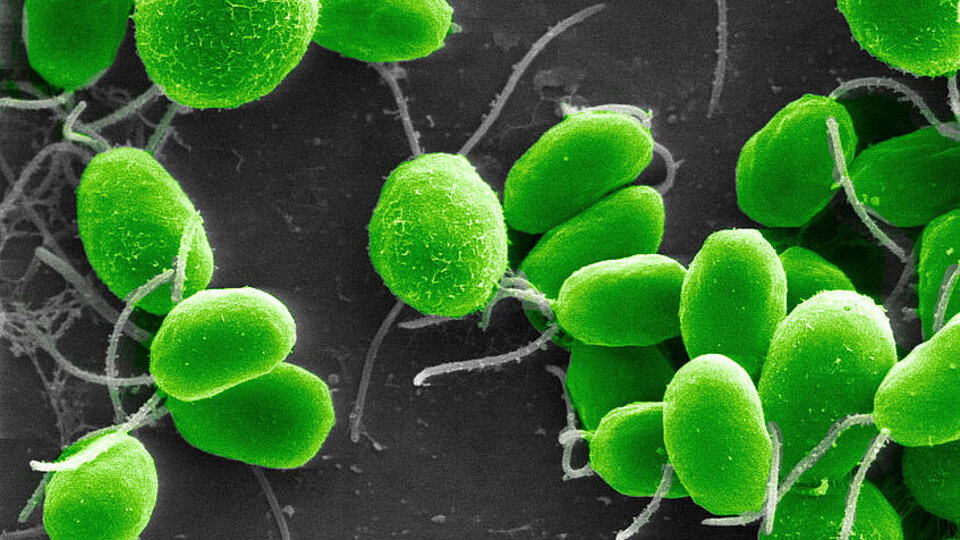A team of Chilean astronomers has discovered two planet candidates in full formation, which are similar to Saturn.which is located just over 300 light-years from Earth.
The discovery is the result of the work of scientists from the Center of Excellence in Astrophysics and Related Technologies CATA and the Pontificia Universidad Católica de Chile (PUC), in which data from the protoplanetary disk HD163296 were analyzed. It was acquired by the ALMA (Atacama Large Millimeter-Submillimeter Array) radio telescope.It is located in the Antofagasta region, more than 1,300 km north of the capital, Santiago.
In this sense, to carry out the investigation, the team focused on Computational analysis to discover potential planets to study the results later and compare them to ALMA’s protoplanetary disk observations. With the sum of both, they were able to explain the existence of a crescent of dustwhich can be seen in the pictures.
It might interest you Chile in the space race? The ambitious project of the South American country to reach the “dark side” of the moon, with the support of Israel
In this way, the information from the group led by the scientist Juan Garrido Doitelmosera master’s student in astronomy from the Catholic University with academics from PUC-CATA; Viviana Guzman and Cristobal PetrovicIn collaboration with Carolina Charalambous of the University of Namur. and Ke Zhang, of the University of Wisconsin-Madison, are published in the latest issue of the prestigious scientific journal Astrophysical Journal LettersAnd In an article called “A planetary pair sharing spaces forming the crescent HD 163296: a disc carved by a resonant chain “ (“A pair of planets sharing grooves that form the crescent in HD 163296: a disc sculpted by a resonating string.”)
“Protoplanetary disks are huge clouds of material (gas and dust) that revolve around young stars and in which the planets that orbit them are born.”And Cristóbal Petrovic, an astronomer at the Astrophysical Institute of the Catholic University and a researcher at the CATA Center for Astrophysics explained in a statement from the latter institution.
Petrovich, in turn, added that “these two possible worlds, found in disk HD 163269, give a new character to this region of the universe, as it is along with another pair of planets, which lie on the outer edge of the disk.” And They form a system in which all orbits coincide exactly. This ‘beautiful chord’ comes from the disk’s influence on planetary motion and shows us the way planets migrate toward their parent star.”
Saturn: A Benevolent Planet for Chilean Astronomy
It is worth noting that less than a year ago, in June 2022, Two Chilean scientists have identified the origin of 21 satellites of Saturn. As he mentioned on that occasion, these are “objects captured by planets from other parts of the solar system and not from the regions near Neptune as previously thought.”
In this way, the researchers came to the conclusion that the origin of the 21 analyzed objects differs from the origin of the asteroids outside Neptune, as they were thought to be of the same origin. With this determination, the scenario for the evolution of the solar system will be different from what astrophysicists thought.
Scientists have used a technique by which dimly bright objects can be observed and distinguished from nearby brighter objects. The mechanism is also useful for many areas of astronomy.
Finally, the results of the investigation were published in the journal The Astronomical JournalAnd in the article “Irregular Satellite Colors of Saturn with DECam” (“Irregular Colors of Saturn’s Satellites with DECam”).
Read on:

:quality(85)//cloudfront-us-east-1.images.arcpublishing.com/infobae/5QU6V4QW5FAOVBWCYOMBTFNDDI.jpg)

:quality(85)/cloudfront-us-east-1.images.arcpublishing.com/infobae/3PS3SJMCCVGVDG2HMMSHZU52XM.jpg)

